Introduction
Choosing the right flight school is the first—and most important—step on your path to the cockpit. Since 2020, the industry has been transformed by a global pilot shortage, new airline cadet programs, and advances in simulator technology. In this 2025 update, we’ve refreshed tuition figures, program offerings, fleet data, and airline partnerships for the top U.S. aviation universities and academies. We’ve also included emerging schools, industry trends, and personalized advice for every kind of future pilot. Read on to find the perfect program for your journey to the airlines.
Table of Contents
- Introduction
- How to Choose the Right Flight School
-
The 11 Best Flight Schools in the USA (2025 Edition)
- 3.1 Embry-Riddle Aeronautical University
- 3.2 Ohio State University Center for Aviation Studies
- 3.3 University of North Dakota (UND Aerospace)
- 3.4 Purdue University School of Aviation & Transportation Tech
- 3.5 Western Michigan University College of Aviation
- 3.6 Florida Institute of Technology College of Aeronautics
- 3.7 San José State University Professional Flight
- 3.8 Utah Valley University School of Aviation Sciences
- 3.9 Saint Louis University Parks College
- 3.10 Spartan College of Aeronautics & Technology
- 3.11 ATP Flight School Airline Career Pilot Program
- Emerging Programs & Schools to Watch
- Key Industry Trends (2020–2025)
- Which Path Is Right For You?
- Frequently Asked Questions
- Conclusion
How to Choose the Right Flight School
Before diving into our top 11, here are the key factors to weigh:
-
Program Type
- Part 141 (structured) vs Part 61 (flexible) curriculum
- College degree programs vs standalone academies
-
Cost & Financing
- Tuition + flight lab fees (range: $70K–$150K total)
- Scholarships, airline tuition reimbursement, loans & GI Bill
-
Location & Climate
- Year-round flying weather (e.g., Florida, Arizona) vs seasonal (North, Midwest)
- Proximity to major airline hubs or military bases for complex airspace experience
-
Fleet & Facilities
- Modern glass-cockpit aircraft, jets, and FAA-approved simulators
-
Airline Pathways
- Partnerships like United’s Aviate, Delta’s Propel, American’s Cadet Academy
-
Career Outcomes
- Job placement rates, average time to airline hire, alumni network strength
The 11 Best Flight Schools in the USA (2025 Edition)
3.1 Embry-Riddle Aeronautical University
Locations: Daytona Beach, FL & Prescott, AZ
Overview: The world’s largest, oldest dedicated aviation university, Embry-Riddle combines rigorous academics with one of the biggest training fleets (100+ aircraft) and state-of-the-art simulators.
Tuition & Fees:
- ≈$40,000 /yr undergrad (non-flight)
- $15K–$30K /yr flight training fees (program-dependent)
Programs: B.S. Aeronautical Science (Professional Pilot), Aerospace Engineering, Unmanned Systems, Space Operations
Highlights:
- United Aviate & Delta Propel cadet partnerships
- VR simulation labs & Cirrus/Diamond fleet upgrades
- 90%+ job placement into airlines, military & industry
3.2 Ohio State University Center for Aviation Studies
Location: Columbus, OH (Don Scott Airport on campus)
Overview: Established 1917, OSU trains pilots for airlines, corporate flight, ATC and more, logging 7,000+ student flight hours/year.
Tuition & Fees:
- $12K (in-state) / $35K (out-of-state) + flight lab fees (~$50K total)
Programs: B.S. Aviation, B.S. Air Transportation, Flight Education specialization
Highlights:
- New flight education building & advanced simulators (2023)
- Regional airline & military pilot pipelines
- Glass-cockpit Piper Archer fleet
3.3 University of North Dakota (UND) – John D. Odegard School of Aerospace Sciences
Locations: Grand Forks, ND & Crookston, MN
Overview: Renowned for its diverse degree portfolio and one of North America’s largest civil flight fleets (≈120 aircraft), UND offers comprehensive pilot and UAS training.
Tuition & Fees:
- $12K (ND res.) / $13.5K (MN res.) / $30K (non-res.) + flight costs ($70K–$80K total)
Programs: B.S. Commercial Aviation, UAS Operations, Air Traffic Management; Professional Flight minor
Highlights:
- United Aviate, Delta Propel & American Cadet partnerships
- Jet transition bridges with CRJ/Airbus simulators
- 90% placement into regional & major airlines
3.4 Purdue University – School of Aviation & Transportation Technology
Location: West Lafayette, IN
Overview: A top-5 public aviation program, blending aeronautical engineering tech with hands-on flight training and industry projects.
Tuition & Fees:
- $10K /semester (resident) / $15K /semester (non-res.)
- Flight fees: $12K Private → $18K Commercial; total ≈$60–$70K for all ratings
Programs: B.S. Professional Flight, Aviation Management, 5-yr BS/MS; M.S. Aviation & Aerospace Management, Ph.D. in aviation tech
Highlights:
- United Aviate & Delta Propel pipeline
- Embraer Phenom 100 jet trainers & Redbird simulators
- Boeing, Rolls-Royce campus partnerships
3.5 Western Michigan University – College of Aviation
Location: Battle Creek, MI
Overview: The 3rd largest collegiate aviation program (1,300+ students) with a 50-aircraft fleet and an optional Air Force ROTC track.
Tuition & Fees:
- $7.2K–$8K /semester (MI res.) / $8.8K + /semester (non-res.)
- Flight track (PPL→CFI) ≈$70–$75K total
Programs: B.S. Aviation Flight Science; minors in Professional Aviation Preparation (CFI→MEI→Jet Transition)
Highlights:
- United Aviate pathway (2021) & Delta Propel internships
- New Aviation Education Center (2021) with advanced sims
- High regional airline recruitment (Envoy, SkyWest)
3.6 Florida Institute of Technology – College of Aeronautics
Location: Melbourne, FL
Overview: FIT’s Emil Buehler Center offers year-round flying, unique electives (aerobatics, air taxi), and eight airline pathway programs.
Tuition & Fees:
- $21K /semester (12–19 credits)
- Flight progression (PPL→CFI) ≈$70–$80K total
Programs: B.S. Aeronautical Science – Flight; Aviation Management, Meteorology, Human Factors – Flight; M.S. in Aviation
Highlights:
- Airline cadet tracks with United, Delta, American, JetBlue & regionals
- Proximity to Space Coast with launch-view training
- Strong women-in-aviation & veteran support
3.7 San José State University – Aviation (Professional Flight)
Location: San Jose, CA (partner FBOs: Trade Winds, Squadron 2)
Overview: Hybrid model: academic courses at SJSU plus flight lessons at local FAA-approved schools.
Tuition & Fees:
- $7.95K /yr (CA res.) / $19K /yr (non-res.)
- Flight costs ~$45–$50K total
Programs: B.S. Aviation – Professional Flight (Private→Commercial)
Highlights:
- New UAS & aviation software courses (Silicon Valley advantage)
- Career change & GI Bill-friendly model
- Pipeline to instructor jobs → regional airlines (SFO/LAX)
3.8 Utah Valley University – School of Aviation Sciences
Location: Orem, UT (& fully online ground school)
Overview: UVU’s flexible, affordable model lets students earn FAA certificates while completing a B.S. or A.A.S., with transfer credit for existing ratings.
Tuition & Fees:
- $3.15K /semester (UT res.) / $8.6K /semester (non-res.)
- Flight program ≈$55K total
Programs: B.S. Aviation – Professional Pilot (on-campus or online), Aviation Management, A.A.S. options
Highlights:
- Modular scheduling ideal for working adults & military
- New multi-crew coordination & jet transition electives
- Rapidly growing international student cohort
3.9 Saint Louis University – Parks College
Location: St. Louis, MO (Downtown St. Louis Airport – CPS)
Overview: The nation’s first federally certified flight school combines Jesuit academics with a Flight Science concentration.
Tuition & Fees:
- $25K /semester academic + $50–$60K flight block
Programs: B.S. Aeronautics (Flight Science concentration), Aviation Management, Aviation Science; Flight Science minor; new M.S. option
Highlights:
- Complex airspace training next to STL Intl & Scott AFB
- Partnerships with GoJet, Envoy Cadet (American Airlines)
- Citation jet advanced course & personalized career guidance
3.10 Spartan College of Aeronautics & Technology
Location: Tulsa, OK
Overview: Accelerated A.A.S. in Aviation Flight (Private→CFII/MEI) in 17 months, plus optional B.S. in Technology Management in 33 months total.
Tuition & Fees:
- $95K for A.A.S. program (flight + academics)
- $52K for B.S. completion
Programs: A.A.S. Aviation Flight, B.S. Technology Management
Highlights:
- Envoy Air Cadet partnership (tuition reimbursement & flow to American)
- Efficient fleet utilization (Cessna 172s & Beech Duchess)
- Restricted ATP pathway—airline hire at 1,000 hrs
3.11 ATP Flight School – Airline Career Pilot Program
Locations: 80+ centers nationwide
Overview: The largest professional flight school, ATP’s zero-to-airline pipeline trains you to CFII in 7–9 months, then places you as a CFI to build to 1,500 hrs in ≈2 years.
Cost & Fees:
- $92K–$117K all-inclusive (with promotional discounts)
- Financing via Sallie Mae & airline partners
Training Model:
- Standardized Part 141 curriculum
- Guaranteed CFI hire to build hours
Airline Partnerships:
- Exclusive tri-carrier partner: American Aviator, Delta Propel & United Aviate
- Regionals: Envoy, SkyWest, Republic, Mesa, etc.
Highlights:
- 600+-aircraft fleet, new Piper Archer/Seminole orders
- 2,500+ airline placements in past 12 months
- Rapid scheduling flexibility and online ground school
Emerging Programs & Schools to Watch
- United Aviate Academy (Phoenix-Goodyear, AZ) — United’s in-house academy targeting 5,000 cadets by 2030, with Cirrus SR20 fleet and $2M+ in scholarships.
- Epic Flight Academy (New Smyrna Beach, FL) — Global training hub for 100+ nationalities, now offering college-credit tracks.
- Paragon Flight Training (Fort Myers, FL) — AOPA’s “Best Flight School” winner, known for concierge-style, M-1 visa support.
- Skyborne Airline Academy (Vero Beach, FL) — UK-backed, competency-based training in a former FlightSafety campus.
- L3Harris Flight Academy (Sanford, FL) — Corporate-run, airline-cadet contracts (Aer Lingus, Breeze), advanced jet simulators.
Airlines are investing directly in training at levels not seen since the 1950s, making these new players well worth your interest—especially if you seek a direct path to a major carrier.
Key Industry Trends (2020–2025)
-
Airline Cadet Programs
- United’s Aviate, Delta’s Propel, American’s Cadet Academy now partner with universities & academies
-
Accelerated “Zero-to-Airline” Models
- Academy tracks (ATP, Spartan) can yield airline hires in 2 years vs 3–4 years college
-
Virtual & Simulator Advances
- AATDs & VR training supplement aircraft time for safer, cheaper procedural practice
-
More Scholarships & Financing
- Airline-sponsored funds (United, Delta), third-party grants (AOPA, OBAP), GI Bill for vets
-
Red-Hot Job Market
- Boeing forecasts 763K new pilots worldwide; regional first-officer pay now $60–$90K to start
Integrating these trends into your school choice ensures you pick a program that not only trains you well but launches you quickly into the industry.
Which Path Is Right For You?
6.1 College-Bound High School Grads
- University Programs give you a degree + flight training (ERAU, UND, Purdue).
- Academy Tracks (ATP, American Flyers) focus purely on flying—finish in 1–2 years.
Tip: If you value campus life & backup options, choose a college. If you want airlines ASAP, pick an academy.
6.2 Career Switchers
- Part 61 Flexibility lets you train evenings/weekends.
- Accelerated Academies channel your life experience into a fast-paced environment.
Financial Aid: Many regionals offer reimbursement for CFIs hired from academies.
Tip: Consider modular training—earn PPL locally, then join an accelerated program for instrument→commercial.
6.3 International Students
- Visa Requirements: F-1 for university, M-1 for vocational academies—confirm I-20 support.
- License Conversion: Research how FAA CPL/ATPL maps to your home country’s regs (EASA, DGCA, etc.).
- Costs: Budget $50K–$100K for training + living/visa expenses; many schools offer housing packages.
Tip: Pick schools with large international cohorts (Epic, UVU, ATAA) to ease cultural transition and peer support.
Frequently Asked Questions
- Q1. How much does flight training cost?
- A typical four-year university path runs $80K–$150K total (tuition + flight). Accelerated academies cost $70K–$100K. Accommodation, supplies and exam fees add to these figures—plan ahead and explore scholarships or airline reimbursement.
- Q2. Do I need a degree to fly for an airline?
- No—since 2022, U.S. majors no longer require a bachelor’s, though they prefer it. You can be hired via an academy-only route (e.g., ATP) or a community college program, then build hours to meet the 1,500-hr ATP rule.
- Q3. How long until I can fly commercially?
- Academy Route: 9–12 months to Commercial + CFII; ~2 years to 1,500 hrs (CFI instructor).
- University Route: 3–4 years (degree + all ratings), often with reduced ATP hours (1,000–1,250 hrs).
- Q4. What’s the difference between Part 141 & Part 61 training?
- Part 141: FAA-approved syllabus, audited, potential hour reductions for ATP.
- Part 61: Flexible schedule, instructor-tailored syllabus, ideal for part-time students.
- Q5. Can international students work as pilots in the U.S.?
- F-1 grads can work as CFIs under OPT for up to 12–36 months, but long-term airline jobs usually require citizenship or permanent residency. Most return home to convert their FAA credentials.
- Q6. Which flight school is the “best”?
- There’s no one-size-fits-all. Embry-Riddle & UND are top for a full college experience; ATP leads in accelerated tracks. Choose the program that aligns with your goals, budget, timeline and learning style.
Conclusion
The pilot training landscape in 2025 offers unprecedented choice—from storied universities to cutting-edge academies and airline-backed cadet programs. Whether you’re a high school grad, mid-career switcher, or international candidate, there’s a path tailored to your goals. Use this guide to compare costs, curricula, fleets and career pipelines, then reach out to your top picks for the latest details. With strong job prospects and innovative training models, there’s never been a better time to launch your aviation career.
Ready to take the next step? Contact these schools, schedule a discovery flight, and explore scholarship opportunities to get started!

How to Pay for Flight Training
These prices might seem daunting, but do not worry, there are multiple ways to be able to pay for your flight education, read more about "10 Ways to Pay for your Flight School".
Takeaways
Contact the schools you're interested in and learn more about their programs, don't be afraid to ask questions and if you are a parent, find out what scholarship opportunities could be available to help give your child goals they can strive for while still in high school.
Ultimately, aviation is a wonderfully rewarding field to be in and there are many parts and pieces that help it work seamlessly. A solid education can help set up the building blocks for a beautiful future.
Interested in Aviation-based Careers?
Our guides are designed to help!


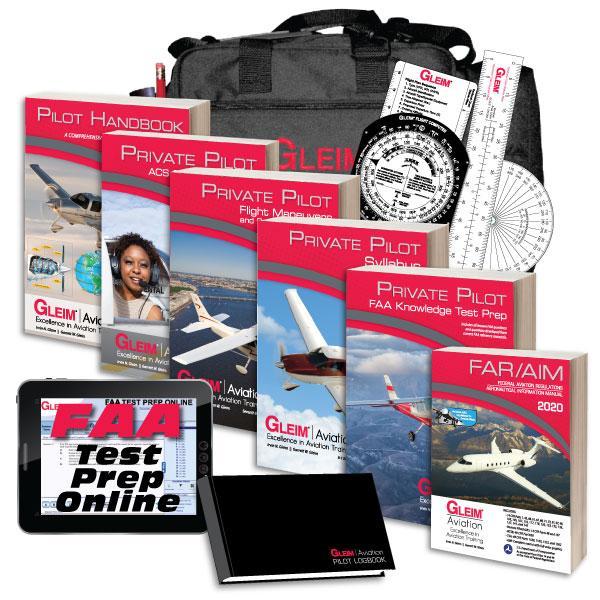
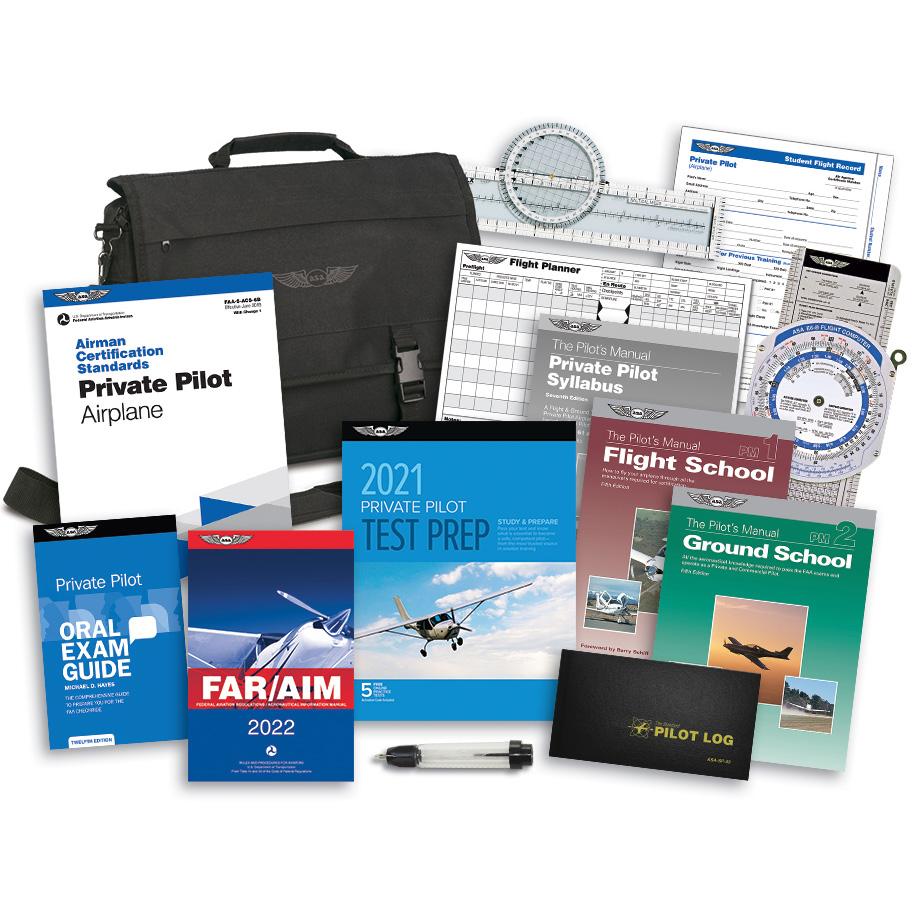
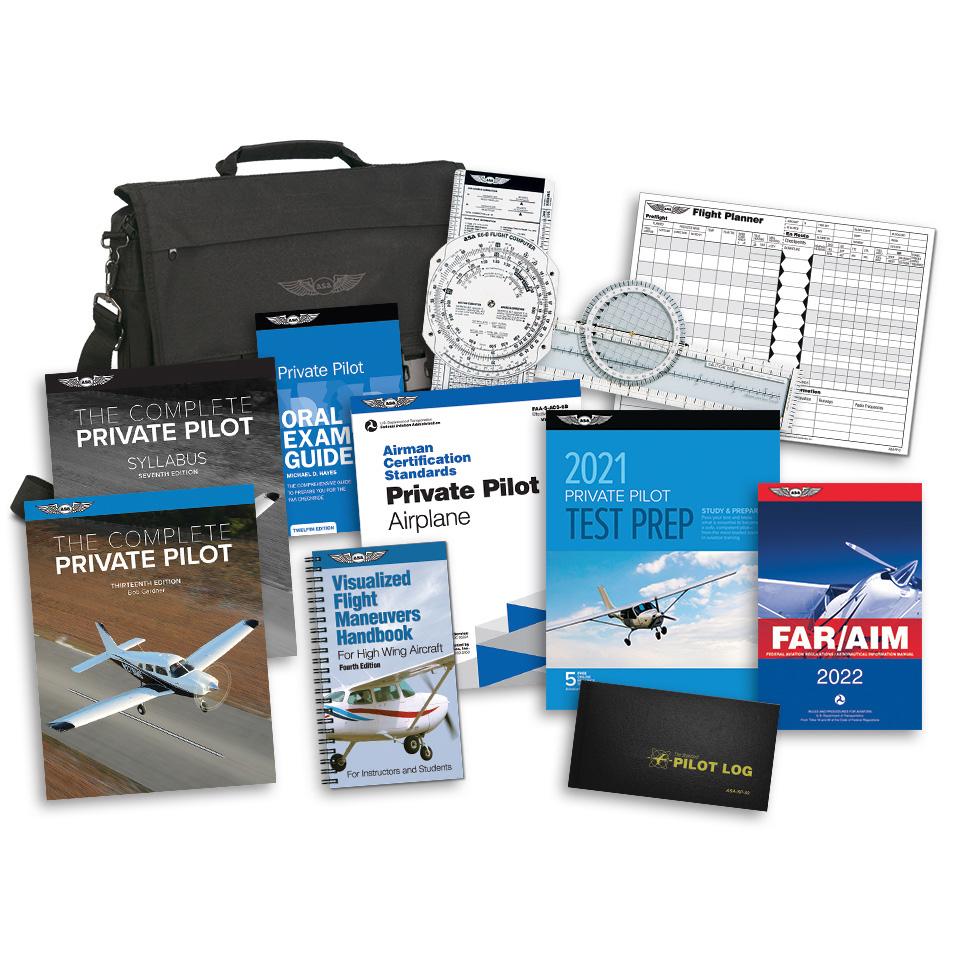
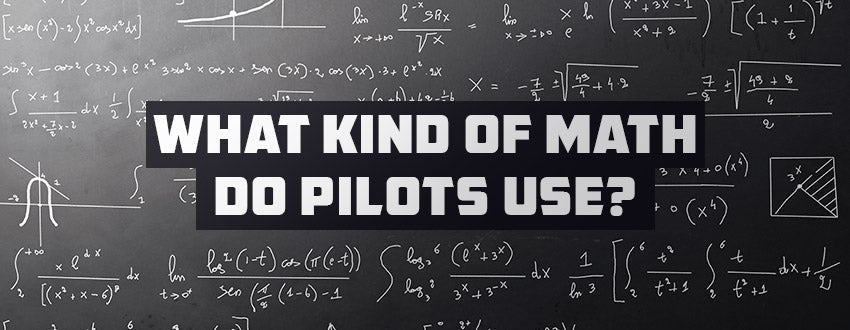
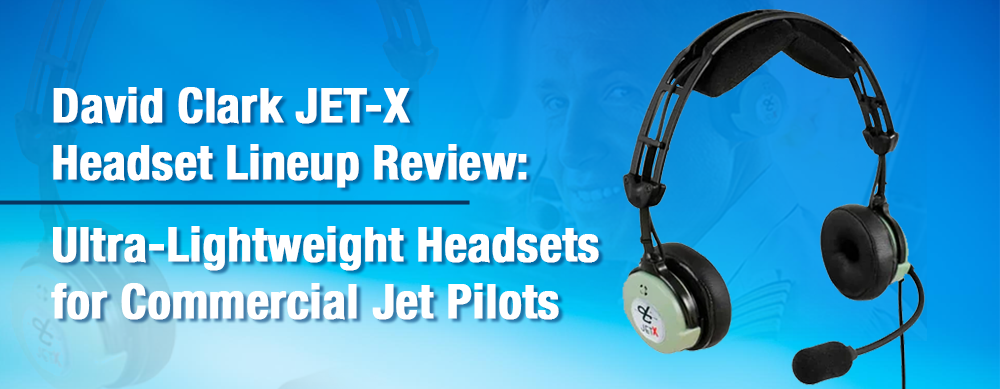
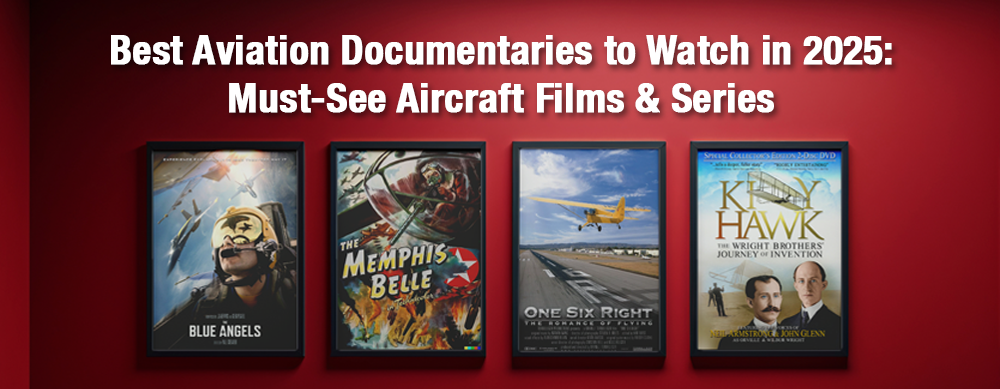
5 comments
Peniel Toxla
Thanks for sharing.
Anon
UND does on average 125,000 flight hours a year. UND operates a fleet of around 125 aircraft ranging from Super Decathlon, Archers, Seminoles, topcub, 172s and 3 C90s. UND also operates its own repair station. Its made up of 1400 active students on the flight line with around 225 CFIs.
OverseasCareers
Naturally, higher education in the United States has been a popular option for Indian students. Quick points to consider before applying for study abroad in the United States. Y-Axis best Immigration Service in India.
Anon
I appreciate this article, but a key component is left out of it: fleet size. Embry Riddle has over 100 aircraft in their fleet, while Ohio State only has 19. There is no shortage of influx of students at Ohio State, but when the students get there, they can’t get a flight slot and most of the planes stay down for maintenance, so you are only lucky if you get a plane.
mnrtsdi1
Hello,
Thanks for sharing such good information with us about all the best flight schools in the USA for 2020.